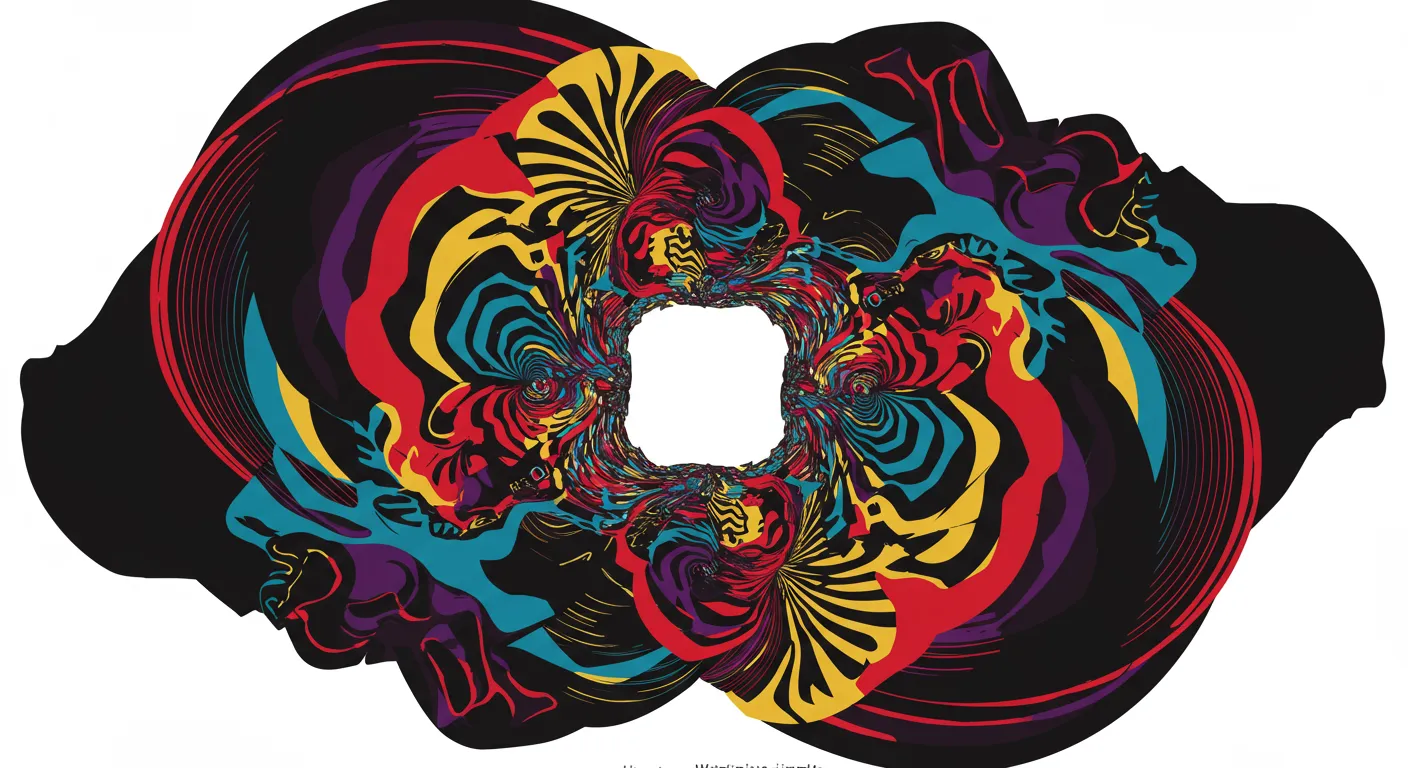The web's latest graphics technology, WebGPU, is caught in a frustrating holding pattern. Despite promises of revolutionizing browser-based graphics and computation, the API remains more potential than reality, with spotty browser support and performance that hasn't yet lived up to the hype.
Online commentators are experiencing a mix of excitement and disappointment. While WebGPU introduces powerful features like compute shaders and more direct GPU access, its implementation across browsers and platforms remains inconsistent. Chrome supports it on most systems, but Linux users are left in the cold, and Firefox is still working towards stable support.
The core challenge isn't just technical—it's about standardization. WebGPU aims to be a common denominator across Vulkan, DirectX 12, and Metal, but this universal approach seems to be slowing down its actual deployment. Developers are finding themselves in a waiting game, with some opting to stick with the older WebGL or build native alternatives.
Performance is another sticking point. Contrary to initial expectations, WebGPU isn't necessarily faster than WebGL2, particularly on mobile devices. This has led to skepticism about whether the added complexity is worth the marginal gains.
Yet, there's still hope. The API represents a significant step forward in browser graphics capabilities, offering developers more direct and flexible GPU programming. It's just a matter of when—not if—WebGPU will become a standard part of web development.


